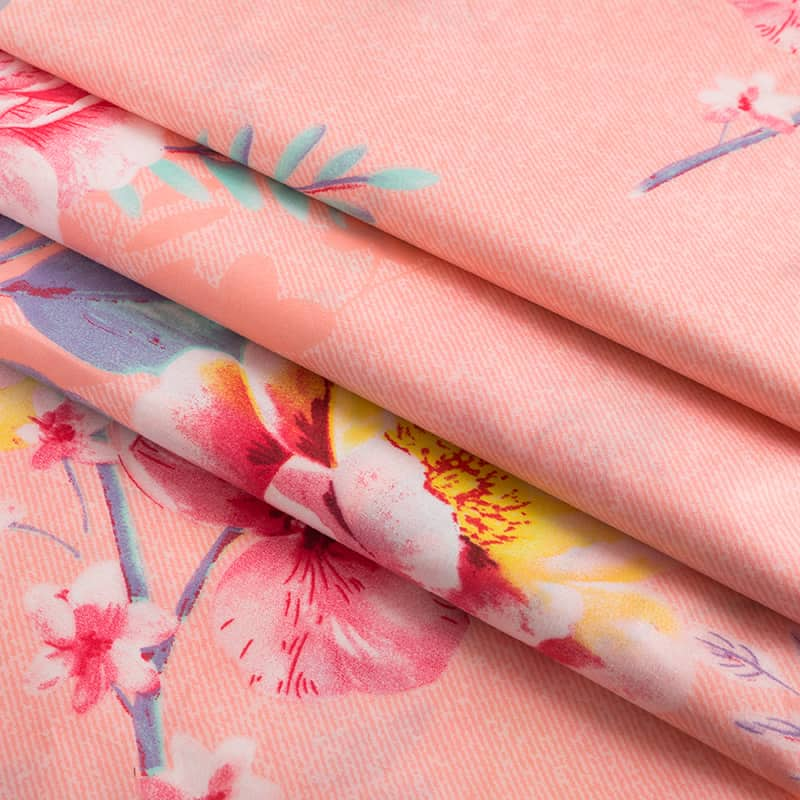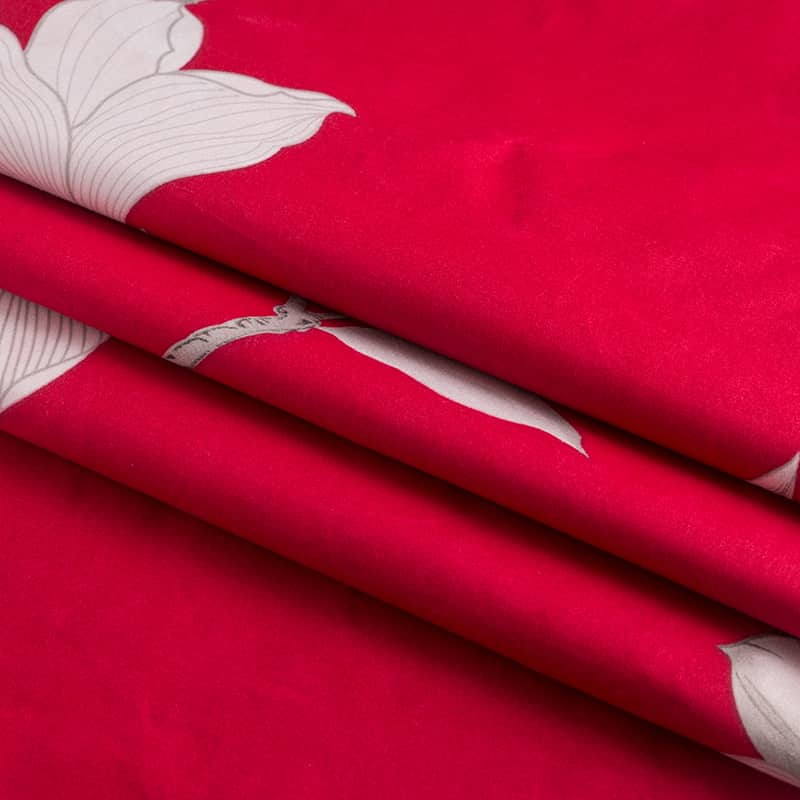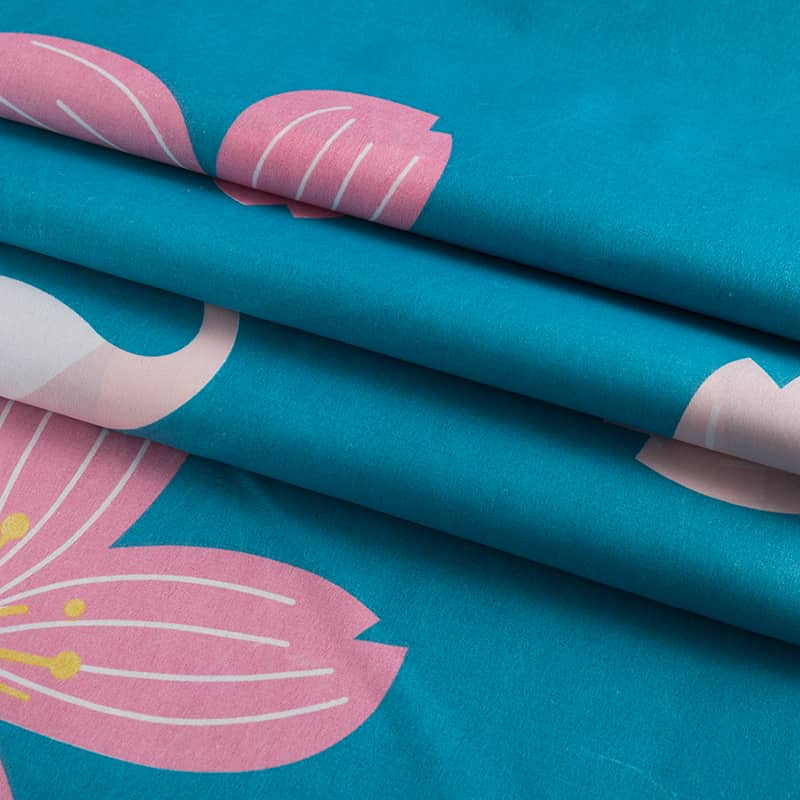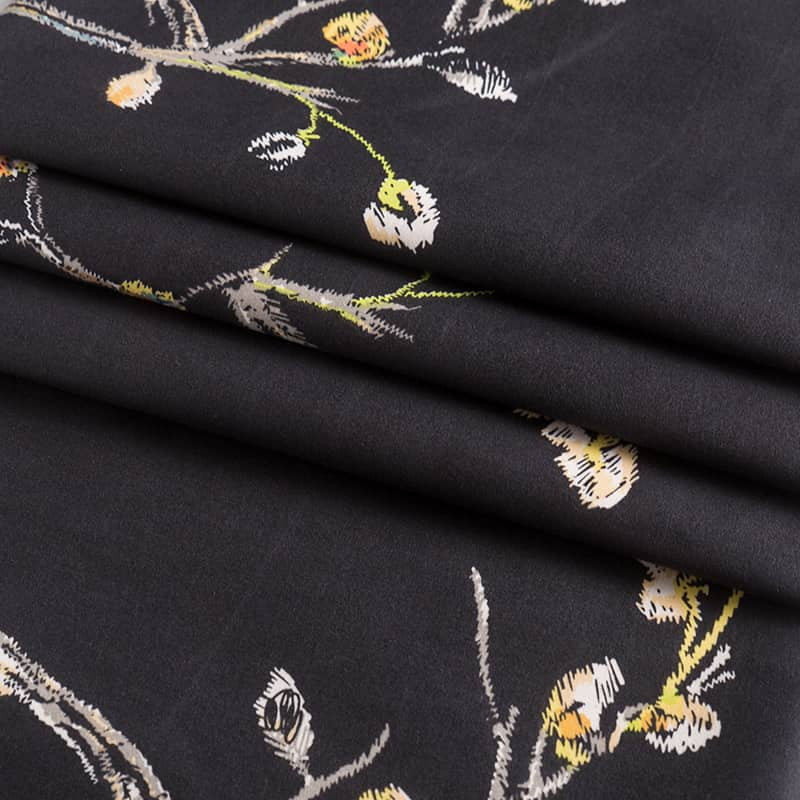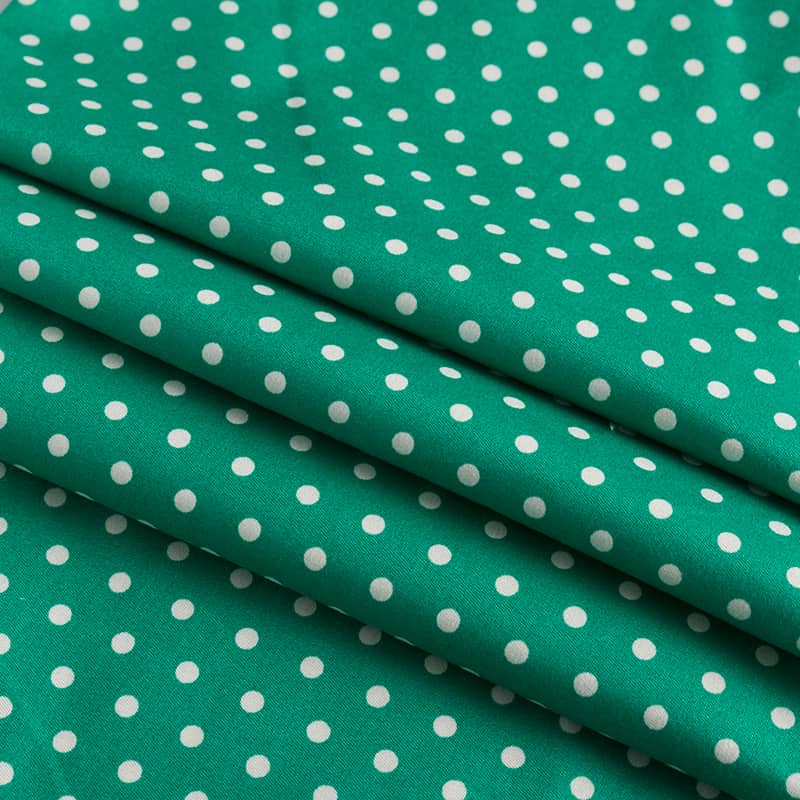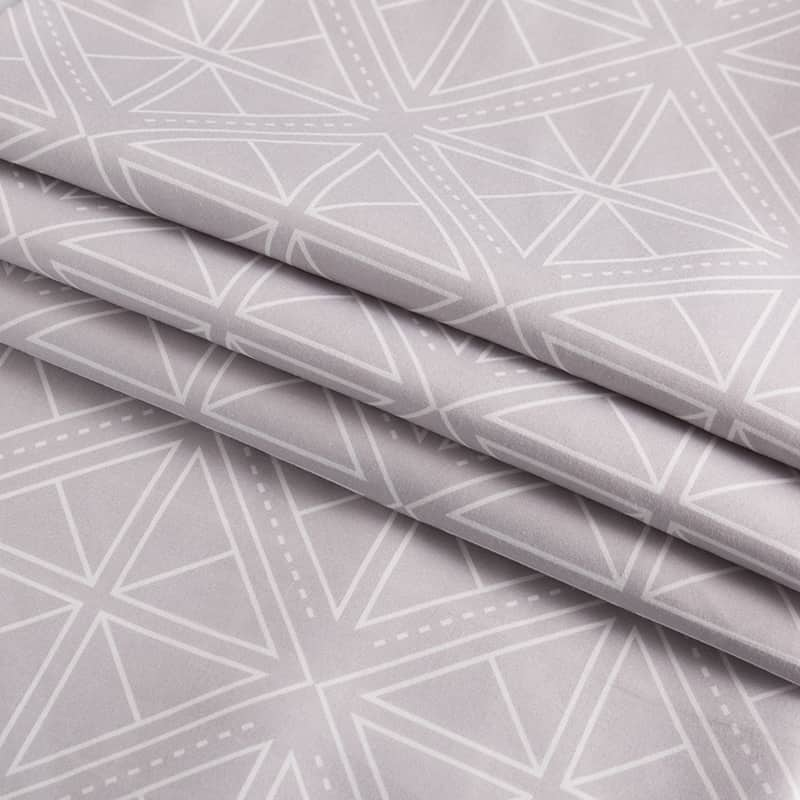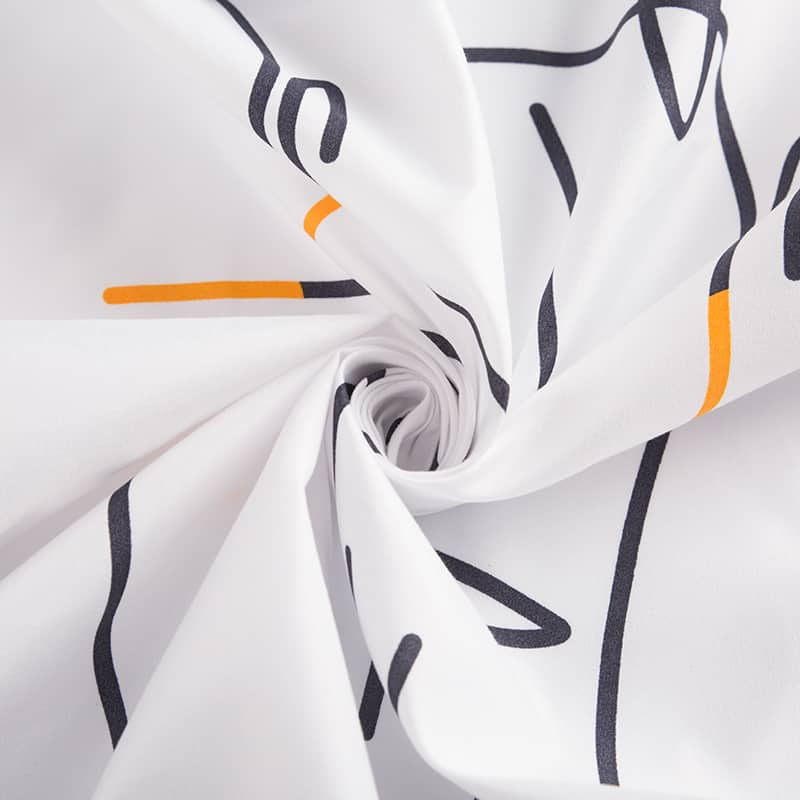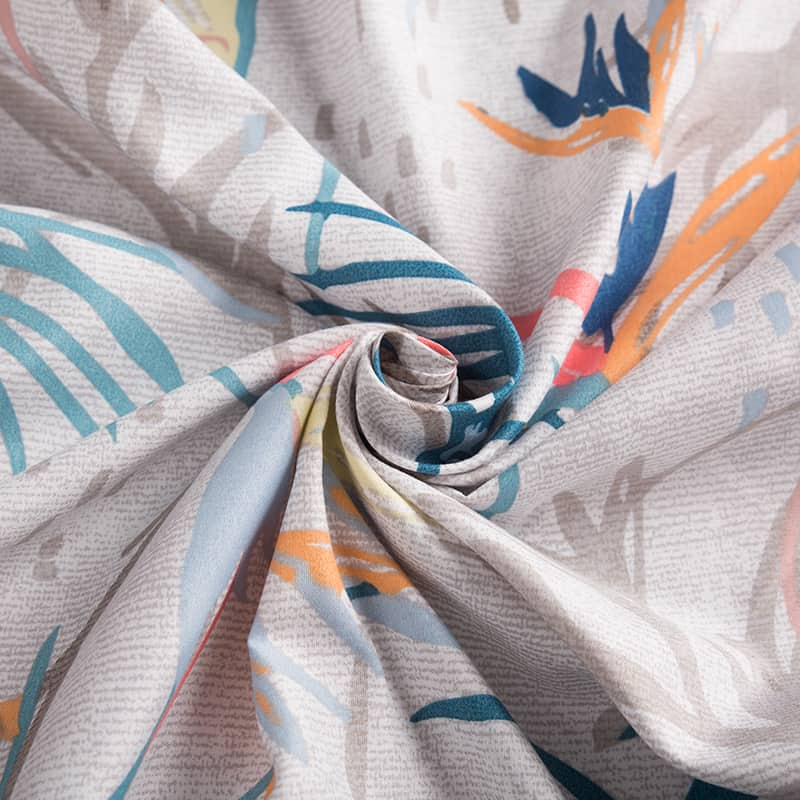Pigment printing fabric is a special type of textile dyeing that uses pigments instead of dyestuffs. In pigment printing, colorants sit on top of the fabric and are held in place by chemical resins or binders. The pigments used in these prints tend to have a larger molecular size than the dyestuffs that are used for dye printing. Because of this, pigment prints usually have a stiffer handfeel than dye printed fabrics. The binders in pigment printed fabrics can also make the colors fade faster than those in dyestuffs.
Pigments can be printed on almost any kind of fabric, from natural fibers like cotton to polyester and blend fabrics. The colorants are applied to the fiber with a paste that contains a binder and a thickener. This allows the colorants to be fixed close to the final print at the printing stage, reducing the need for washing and minimizing loss of dyestuffs. It’s also one of the most economical printing methods as it reduces water usage and requires fewer steps, which leads to less energy consumption and less pollution.
In general, pigment printing is a more environmentally friendly process than reactive or disperse printing. It does not require washing and dripping, which saves on water, electricity, and energy costs. The pigments in pigment printing do not dissolve or bleed in water, so the printed fabrics are much more durable than those in dye printing. The pigments also have a much wider color gamut than dyes. This allows the garments to be printed with more vibrant, colorful graphics than would be possible with dyestuffs.
The most important thing to remember with pigment printing is that the quality and durability of the finished product depend heavily on the inks used and the binder system. The best quality pigment inks are organic, and the best binders are low-VOC. The most common binder system is styrene-butadiene based. When heated, this creates a three-dimensional transparent polymer film that is crosslinked to the fibers of the fabric.
When using a high-quality ink and binder, the results are eye-catching and durable. However, it is important to note that pigment prints are not as colorfast as dyestuffs, and the printed fabric must be washed in a gentle cycle with a low detergent amount. It is also recommended to use a low temperature dryer.
The printing method of choice for most clothing brands, especially those who sell at premium prices is digital pigment printing. This is a much more environmentally friendly option than traditional rotary screen printing, and it offers a wider variety of colors and designs than dyed fabrics. In addition, digital pigment printing is more cost-effective than other digital printing options. However, it is not yet as cost-effective as traditional screen printing. The cost-effectiveness of digital pigment printing is expected to improve as the technology continues to evolve. In the future, digital pigment printing may become the standard for textile printing.



 英语
英语 西班牙语
西班牙语
